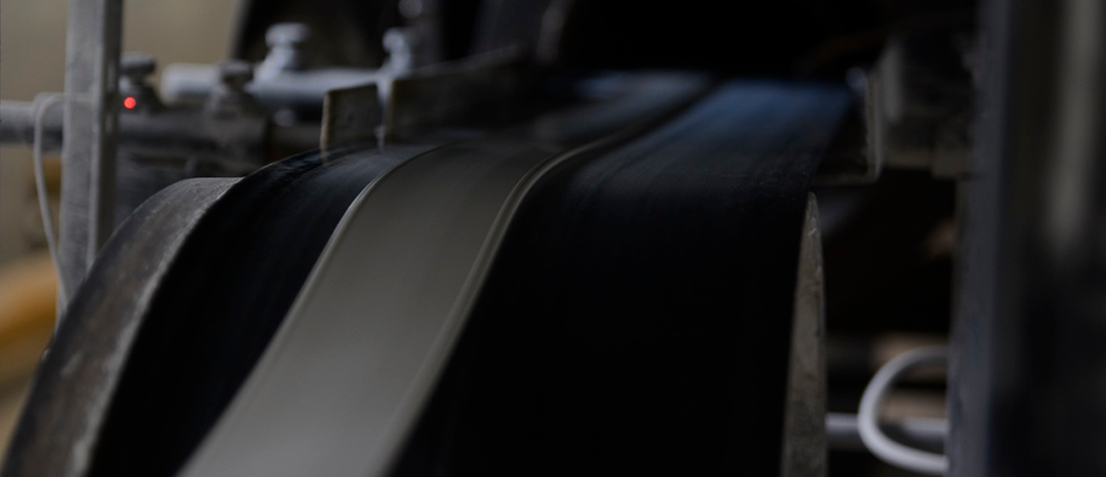Today, when you drive back home, it is likely you will look at any construction site or a street sweeper making its way noisily. These applications are common places for rubber sheets, although maybe few people are aware of it. Rubber permeates out daily life and its applications are broad, even though they are generally related to industry.
Firstly, it is important to know there are two great groups from which this product normally derives, which are synthetic and natural rubber. Synthetic material comprises the widest category of rubber sheets and it mainly derives from butadiene and styrene, which are petroleum byproducts. These gases can be combined with several different materials to produce sheets that have varied physical and chemical properties, creating specific products for many applications.
Secondly, we find natural rubber material, which is extracted from the tree Hevea brasiliensis in regions of South America, Africa and Asia. Through specialised work, sap or latex is taken off the tree and left to cure to produce an elastic effect.
These two different processes provide the base for rubber rolls and are used in several applications to meet the needs of our industry.
Different qualities
An appealing feature of these rubber sheets is that they can be combined with many different compounds to modify the qualities each product has to offer. Whether you are looking for a material that provides chemical resistance or protection against outdoor factors, finding the right mixture of compounds is essential for different applications.
These are some of the most popular compounds and the benefits they can offer:
- The neoprene is one of the most popular because of its many uses and great resistance to temperature and chemical products.
- The SBR offers excellent resistance to abrasion and protection against UV rays and ozone.
- The combination of rubber and plastic properties of TPR (thermoplastic rubber) can be the ideal product for extreme temperatures.
- The EPDM is perfect for outdoor use as it offers higher resistance to UV rays and ozone.
- Nitrile (NBR) is resistant to oils and fuels, among other chemical products.
- The silicone makes rubber sheet material resistant to both chemical products and high temperatures.
- The natural rubber (NR) is generally used in combination with other compounds and offers great durability in any outdoor area.
With the countless benefits rubber can offer, it is obvious why it is so present in our daily use.






Good afternoon.
Please can you help me by informing if the styrene - butadiene rubber that you offer is the same one used for the membranes of the degassing valves for coffee.
Cordially;
Good afternoon, Marisol, we already answered via e-mail because we need some precisions to be able to respond with greater accuracy.
Thanks for writing to us.
Buenas tardes
Estoy en la búsqueda de un fabricante de láminas de caucho natural con las siguientes medidas: 1.80 x 0.65 m y 5 mm de espesor. Ustedes realizan este tipo de trabajos?
Desde ya muchas gracias
Buenas tardes Ángeles, gracias por escribirnos.
Te respondemos por email.
Regards!